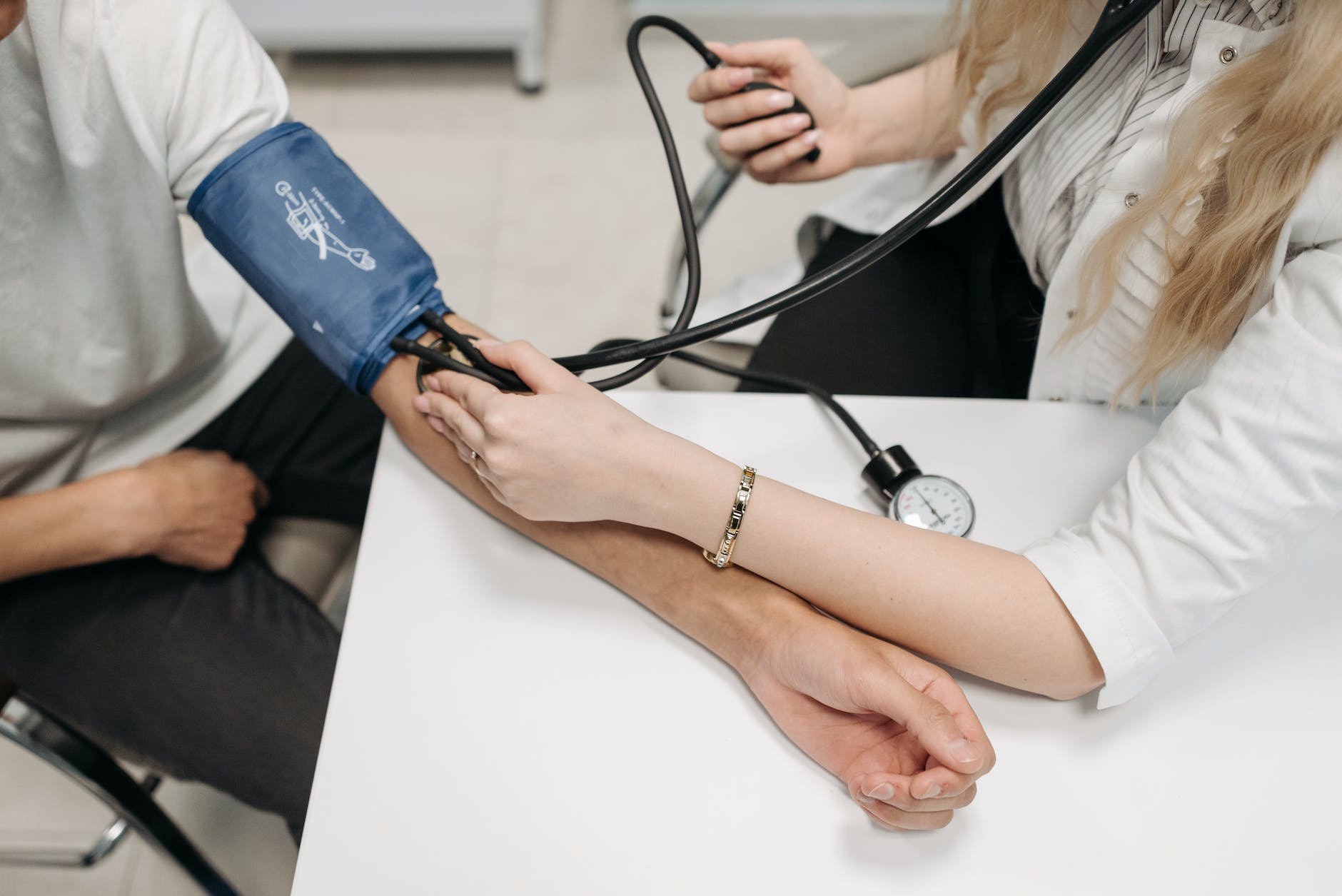
The rise of wearable technology has brought with it the promise of health monitoring right at our fingertips. Among the most debated features is the ability of smartwatches to monitor blood pressure. But how reliable are these readings? Let’s dive in.
Understanding the Technology
Before we delve into accuracy, it’s essential to understand how smartwatches attempt to measure blood pressure:
- Optical Sensors: Many smartwatches use optical sensors that measure blood flow through the skin. However, this method can be influenced by various factors, including skin tone and ambient light.
- Inflatable Cuffs: Some advanced smartwatches, like the BP Doctor Pro, come equipped with mini inflatable cuffs that mimic traditional blood pressure monitors.
What the Research Says
Several studies and trials have been conducted to determine the accuracy of smartwatches in blood pressure monitoring:
- Fitbit’s Trial: In 2021, Fitbit announced a trial to determine if its smartwatches could detect hypertension. Preliminary research was promising, but the study aimed to validate these findings in a larger population.
- Omron’s Wearable: Omron, a renowned name in the medical equipment industry, has a wearable device cleared by the FDA to measure blood pressure, indicating a certain level of trust in its accuracy.
Factors Affecting Accuracy
While technology and research are promising, several factors can impact the accuracy of smartwatch blood pressure readings:
- Positioning: The position of the watch on the wrist, the tightness of the strap, and the height of the hand can all influence readings.
- Activity Levels: Readings taken during or after physical activity can be skewed.
- External Factors: Temperature, stress levels, and caffeine or alcohol consumption can also affect blood pressure readings.
The Verdict: Should You Trust Your Smartwatch?
While smartwatches offer a convenient way to monitor blood pressure, they should not replace traditional cuff-based monitors, especially for those with health conditions. It’s always recommended to consult with healthcare professionals and use smartwatch readings as supplementary data.
Looking Ahead: The Future of Blood Pressure Monitoring with Wearables
With continuous advancements in technology and more extensive research, the gap between traditional monitors and smartwatches may narrow. Companies are investing heavily in refining the accuracy of their devices, indicating a promising future for blood pressure monitoring with wearables.
FAQs
- How do smartwatches measure blood pressure?
Smartwatches typically use optical sensors to measure blood flow through the skin. Some advanced models employ mini inflatable cuffs that resemble traditional blood pressure monitors. - Are smartwatch blood pressure readings as accurate as traditional monitors?
While smartwatches offer convenience, their readings can be influenced by various factors. It’s recommended to use them as supplementary tools and not replacements for traditional cuff-based monitors. - What factors can affect the accuracy of smartwatch blood pressure readings?
The position of the watch on the wrist, recent physical activity, external factors like temperature, and even caffeine consumption can impact the readings. - Have there been any significant studies on the accuracy of smartwatch blood pressure monitors?
Yes, companies like Fitbit have conducted trials, and renowned medical equipment brands like Omron have even developed FDA-cleared wearable devices for blood pressure measurement. - Should I consult a doctor if my smartwatch shows high blood pressure readings?
Absolutely. If you consistently get high readings, it’s essential to consult with a healthcare professional. Smartwatch readings should be used as supplementary data and not the sole basis for medical decisions. - Are there any smartwatches that use traditional methods for blood pressure measurement?
Some advanced smartwatches, like the BP Doctor Pro, come with mini inflatable cuffs, mimicking the mechanism of traditional blood pressure monitors. - How can I ensure more accurate readings from my smartwatch?
Ensure the watch is correctly positioned, the strap is neither too tight nor too loose, and try to take readings at consistent times, preferably when you’re at rest.
Conclusion
Smartwatches offer a glimpse into the future of health monitoring. While they provide convenience and instant data, it’s crucial to approach their readings with a discerning eye. As technology evolves, we can hope for even more accurate and reliable blood pressure monitoring from our wristwear.
Blog Tags: Smartwatch Accuracy, Blood Pressure Monitoring, Wearable Health Tech, Optical Sensors, Traditional vs. Smartwatch Monitoring, Factors Affecting Readings, Future of Wearable Health.









